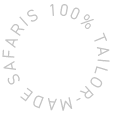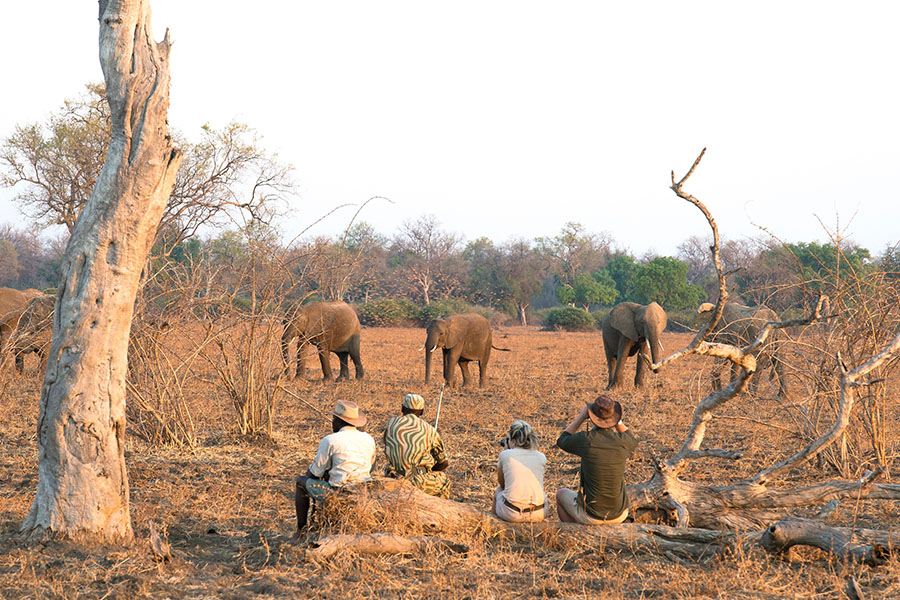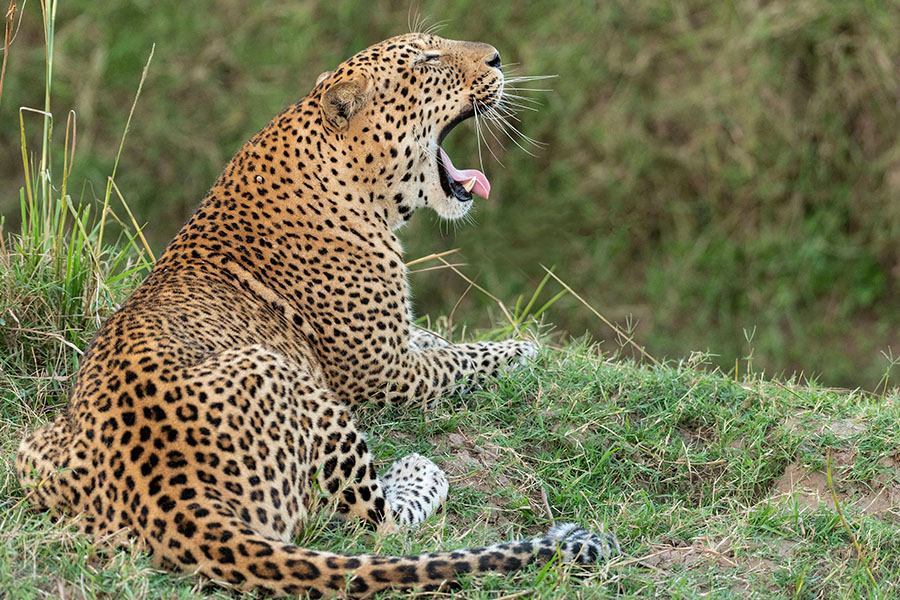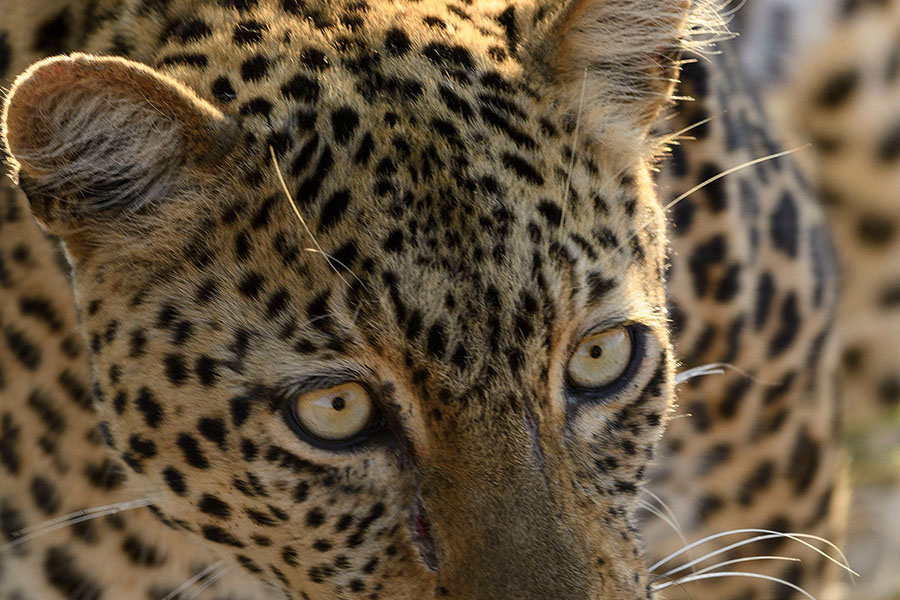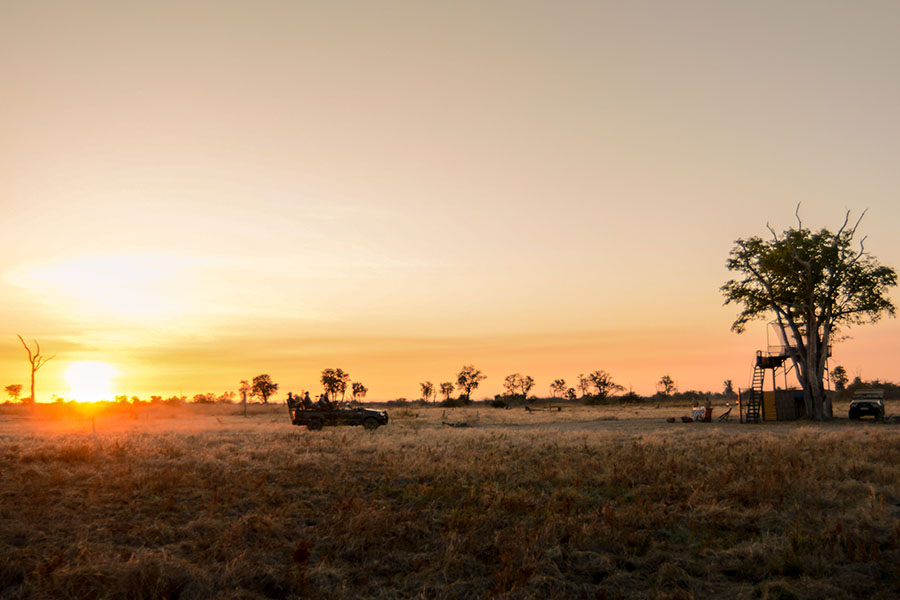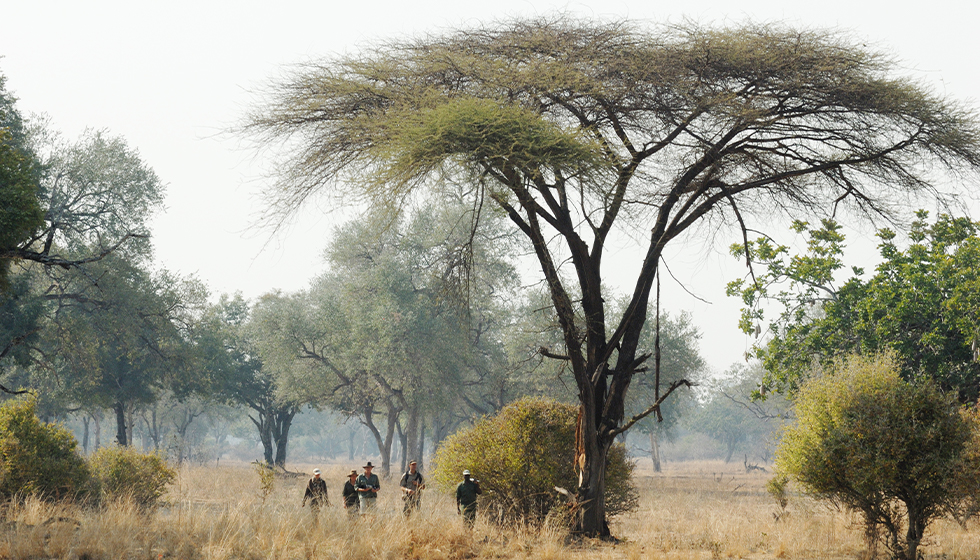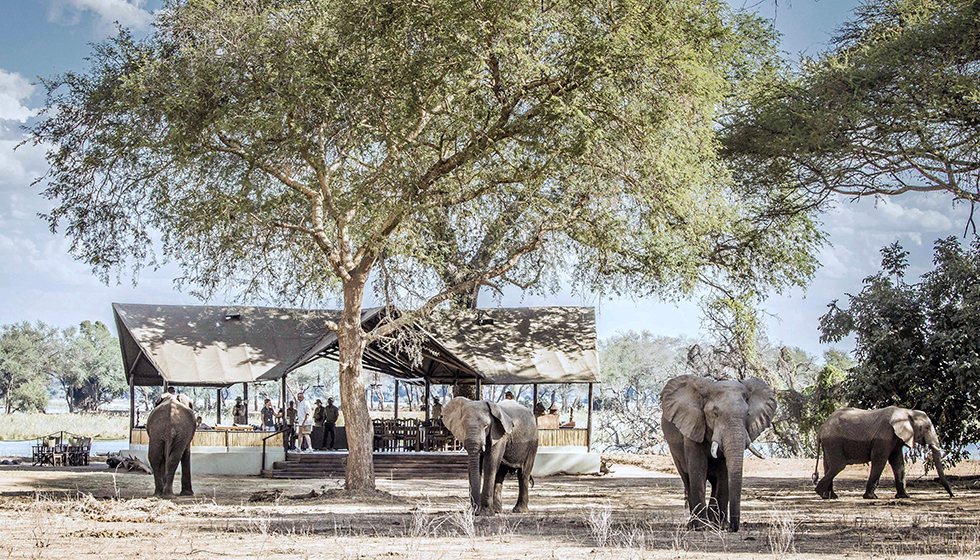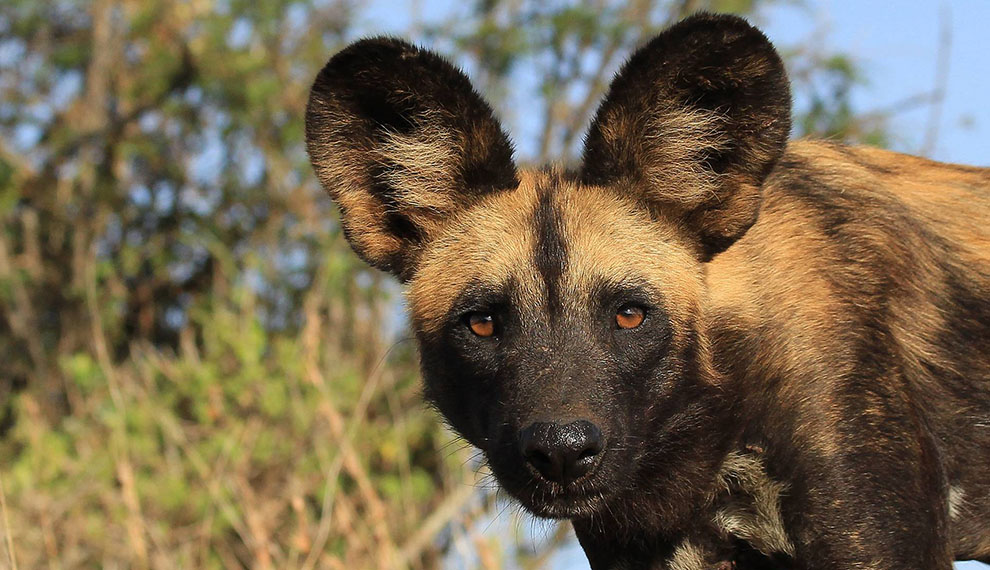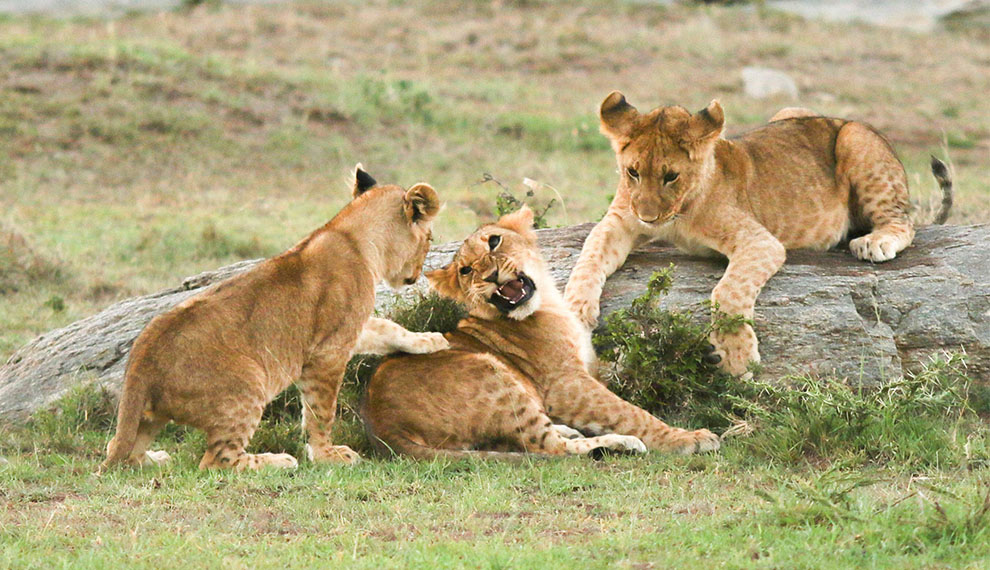South Luangwa
National Park
Zambia’s best known wildlife area, South Luangwa National Park is famed for its walking safaris and the stunning natural landscapes.
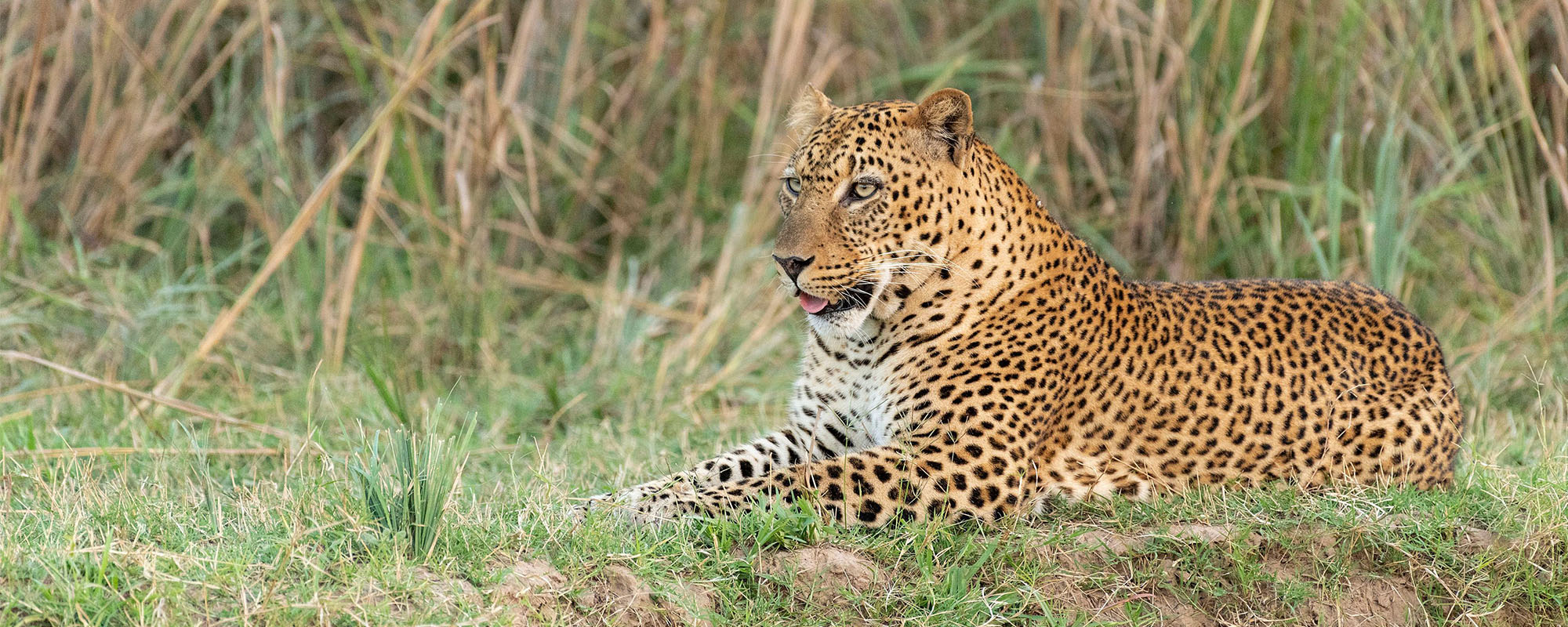
South Luangwa Safaris
Known as one of the world’s greatest wildlife sanctuaries, South Luangwa National Park is home to a huge range of flora and fauna as well as some of the region’s best walking safari experiences.
The Luangwa River slowly meanders its way through the park from north to south, giving South Luangwa its particular character. The soft soil and shallow gradient between the two ends of the park combine to make ideal conditions for the formation of oxbow lakes and lagoons, which eventually silt up and grass over, providing the fertile forage for wildlife each season. This, in turn, helps to produce some of the finest game-viewing opportunities in Africa, as well as some spectacular scenery, with grassy glades, magnificent stands of ebony, and tranquil lagoons teeming with birdlife.
When it comes to choosing where to stay, you’re spoilt for choice. From luxury lodges to traditional, rustic safari campsites, the South Luangwa National Park has it all. Spend a night or two in Chikoko Tree Camp, which is rebuilt amongst the trees every season using materials found in the area, giving you a camp that is as organic as you can get without sacrificing on luxuries like flushing toilets and hot showers.
These secluded camps are made extra special by the fact that there are no roads leading there, letting you truly escape the noise and distractions of modern life.
The oxbow lagoons naturally carved out by the Luangwa River make this a game and bird-viewing paradise. And it’s not just incredible wildlife viewing that you’ll get to experience during your stay. After spending a day observing the hippo, elephants, and giraffe that roam the area, you can sample some delicious food cooked in earth ovens at your camp.
+ Read More
- Strike out on a walking safari
- Take your camp with you on an authentic mobile safari
- Colourful carmine bee eaters
- Great for leopard
-
ATOL Protected
-
24/7 Guidance & Support
-
20+ Years of Experience
-
We take care of the leg work
-
We find you the best deal
Best Time To Visit South Luangwa National Park
The dry season gives you the best views of South Luangwa’s wildlife as they congregate around the water sources offered by the Luangwa River.
The dry season starts from April, and the weather continues to get warmer until it reaches its peak in October, which is when the concentration of visible game is at its highest. Water levels deplete, forcing the animals to gather around what little water is available during the day. While the daytime heat is comfortable for most of the year, it’s worth noting that temperatures can drop significantly during the night from May to August.
South Luangwa’s wet season starts in November, giving the park a new lease of life. The emerald season is called that for a reason, as the lush vegetation blooms again to give the park crisp, fresh air and vibrant landscapes. Along with fresh foliage, the wet months also signal the arrival of newborn animals. A trip to Zambia during these months means you’re more likely to spot young animals taking their first steps in the world.
The downside is that you’ll be in the park during the rains, so temperatures will be fairly hot and humidity high and plenty of camps, particularly the small walking camps will be closed. However, we think this is a fair price to pay to experience the park in a completely new light.
Best Time To Visit South Luangwa National Park
Our Favourite Camps & Lodges
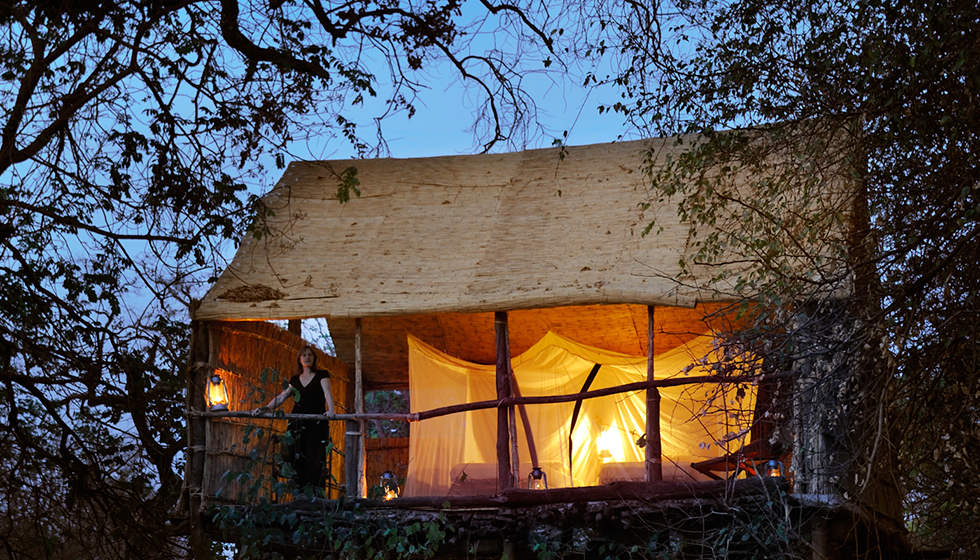
Chikoko Tree Camp is just such a place. Re-built every season from skilfully crafted, locally available materials, the camp is about as organic as you can get.
Learn More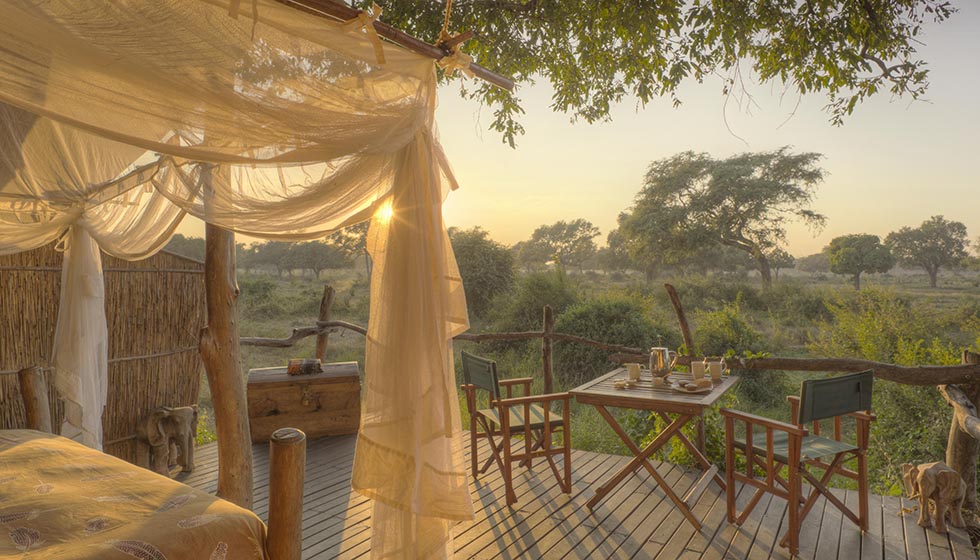
Flatdogs is on the border of the South Luangwa National Park and offers the perfect gateway into this last great wildlife wonders of the world.
Learn More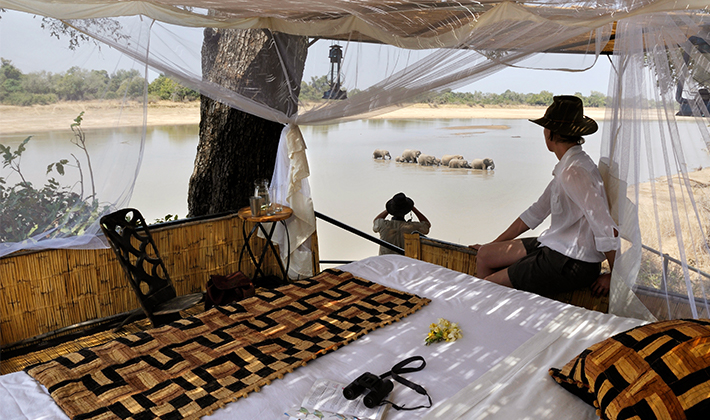
Mwamba Bushcamp is one of the last really authentic bush camps in the Luangwa. Rebuilt annually from grass and pole, the simple rooms with ingenious “sky roofs” for stargazing and en-suite facilities have everything you need but not too much of the superfluous.
Learn More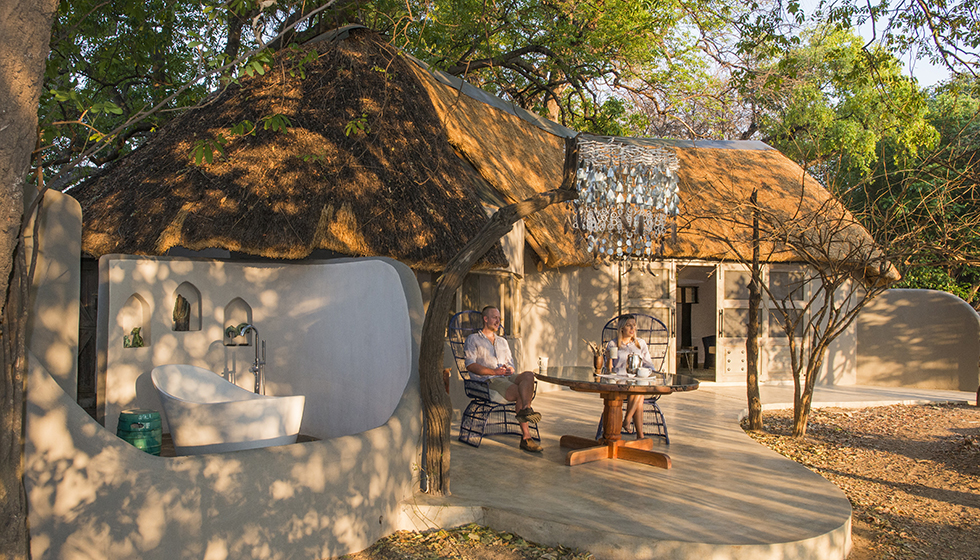
Overlooking the Luangwa River deep within the South Luangwa National Park, Kaingo’s relaxed, personal and friendly atmosphere offers its guests fantastic game-viewing.
Learn More
Mchenja is named for the grove of towering ebony trees under which it resides, perched high on the banks of the Luangwa River.
Learn More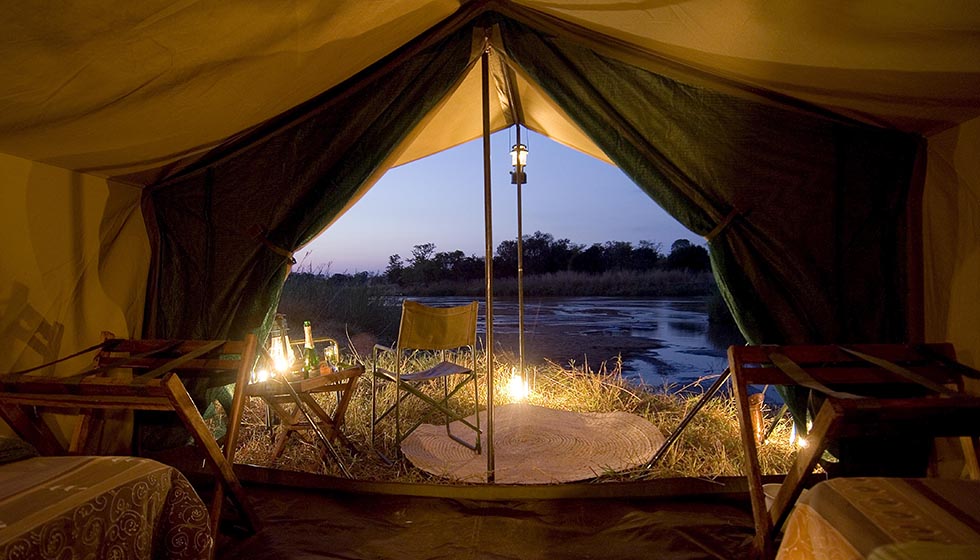
The Mupamadzi Mobiles are unusually expeditionary in their nature and all the better for it. A truly old-school foot-safari deep in the wilderness where the game is properly wild, and you won’t see another soul.
Learn More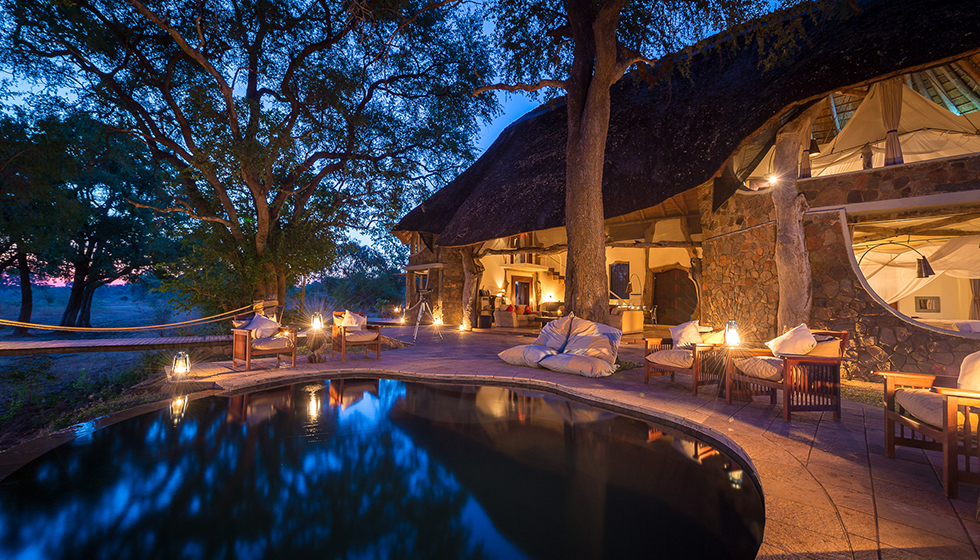
The house really suits groups travelling together who would like to call the shots as far as the structure of their days are concerned.
Learn More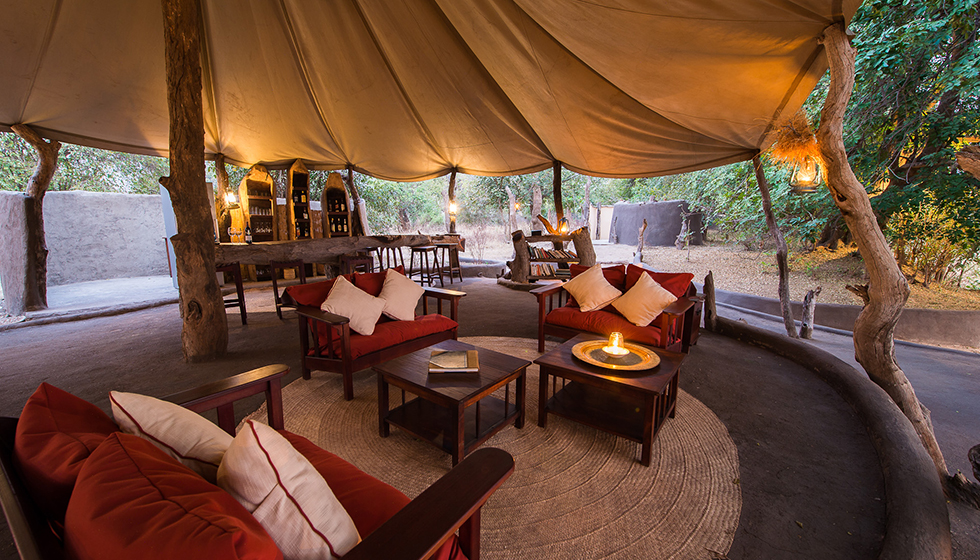
Tena Tena lies at the southern end of the Nsefu sector of South Luangwa National Park, has a well-deserved reputation as one of Africa’s most authentic small bush camps.
Learn More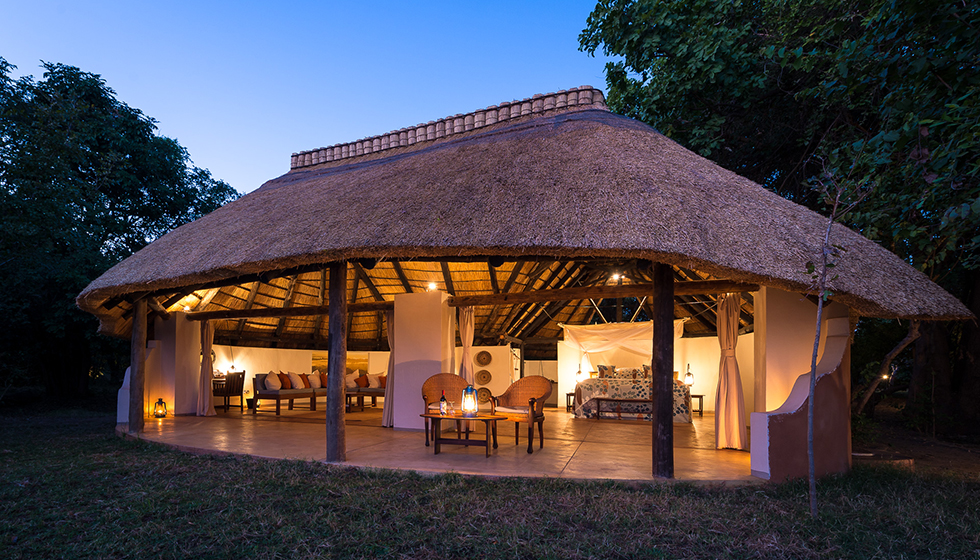
Built under a grove of large ebony trees the eight airy stone and thatch chalets overlook the Luangwa River, where fat pods of hippos compete with the conversation.
Learn More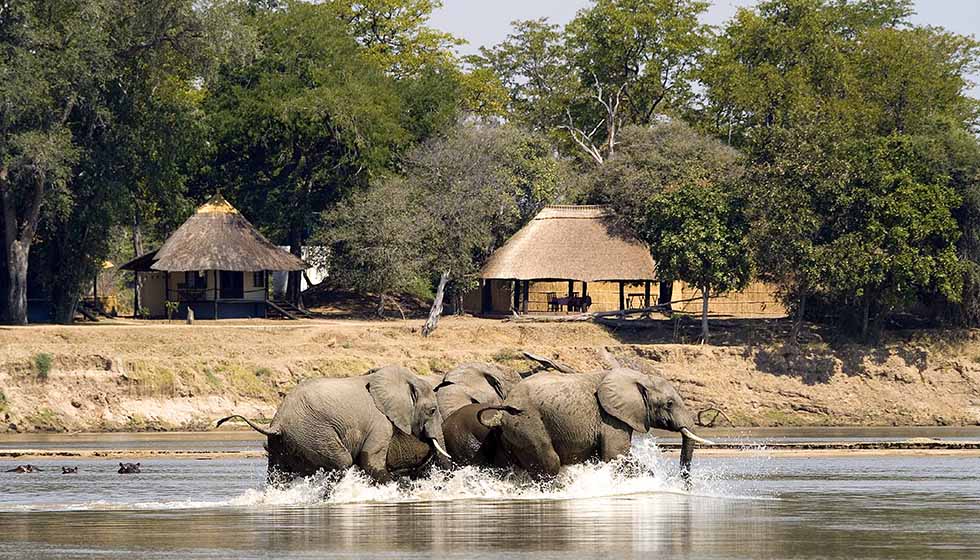
The camp consists of six white-washed, light and airy, brick and thatch rondavals. They all have en-suite bathrooms with lovely hot showers. Each rondaval has a river view and verandah.
Learn More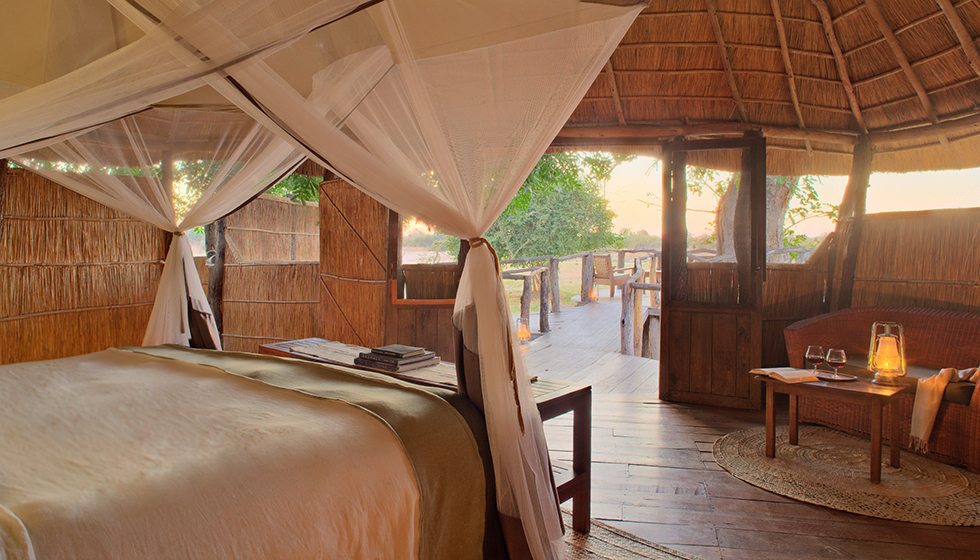
“While it is possible to do drives here, the road network is sparse compared to Mfuwe, and this is principally a walking camp or for those that just want to “be” in the bush. Morning and afternoon walks around the local area will show you things that will constantly surprise, even if you are an old safari hand.
Learn More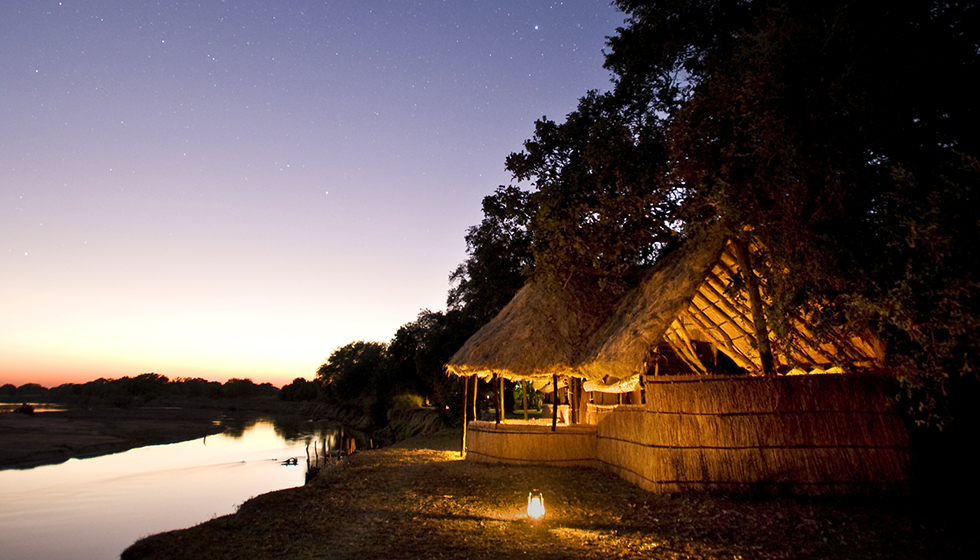
Tafika is one of those uniquely African places; the manifestation of someone’s lifelong relationship with the bush and its wildlife.
Learn More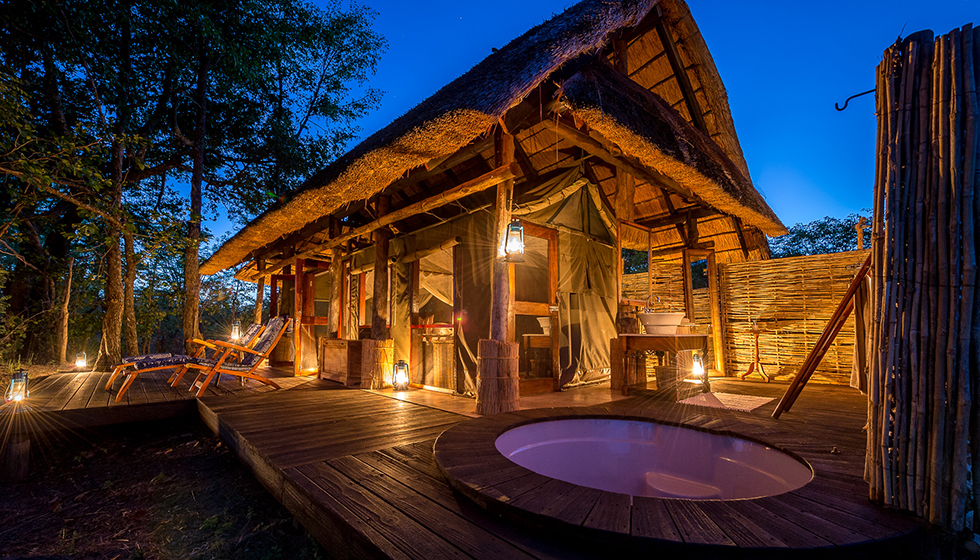
This is perfect for nature lovers and those that have got the big game fix early on in the trip and are ready to relax and soak up the surroundings.
Learn More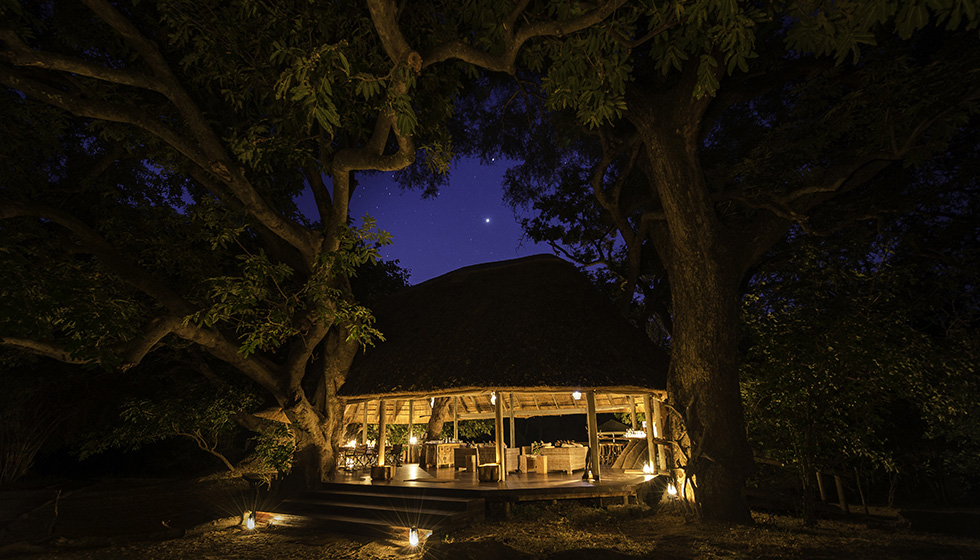
Bilimungwe is one of the most southerly bushcamps in the South Luangwa and uniquely positioned to overlook a lagoon on one side and a floodplain on the other (so almost an island).
Learn More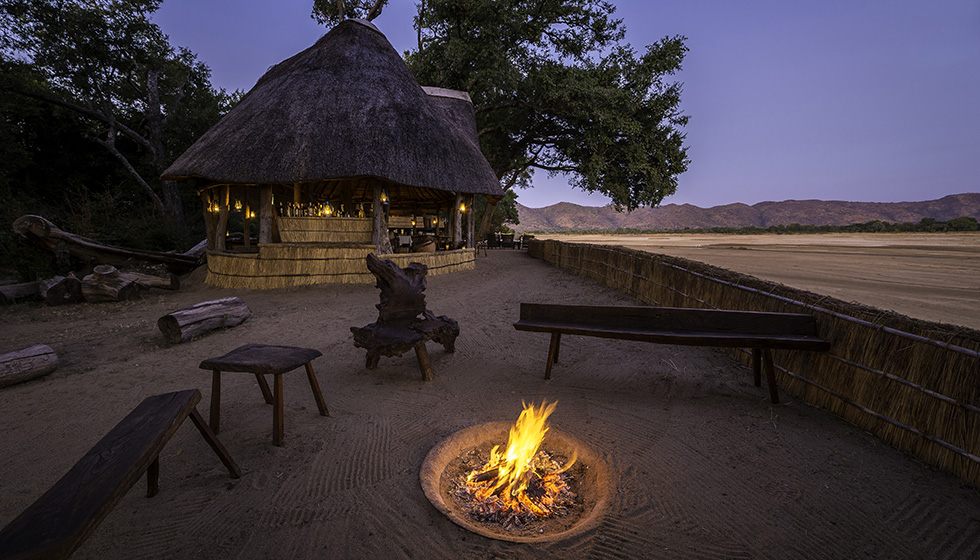
Bilimungwe is one of the most southerly bushcamps in the South Luangwa Chamilandu is part of a series of bushcamps dedicated to exploring the southern reaches of the South Luangwa primarily on foot.
Learn More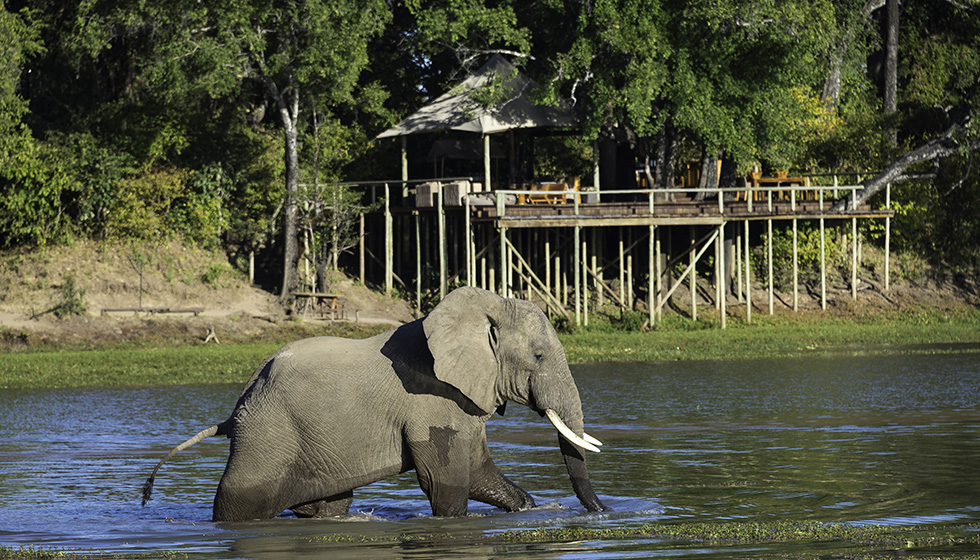
Chindeni certainly has enough to keep you occupied and for those that just enjoy being the in bush, and particularly walking, this is a great place to visit.
Learn More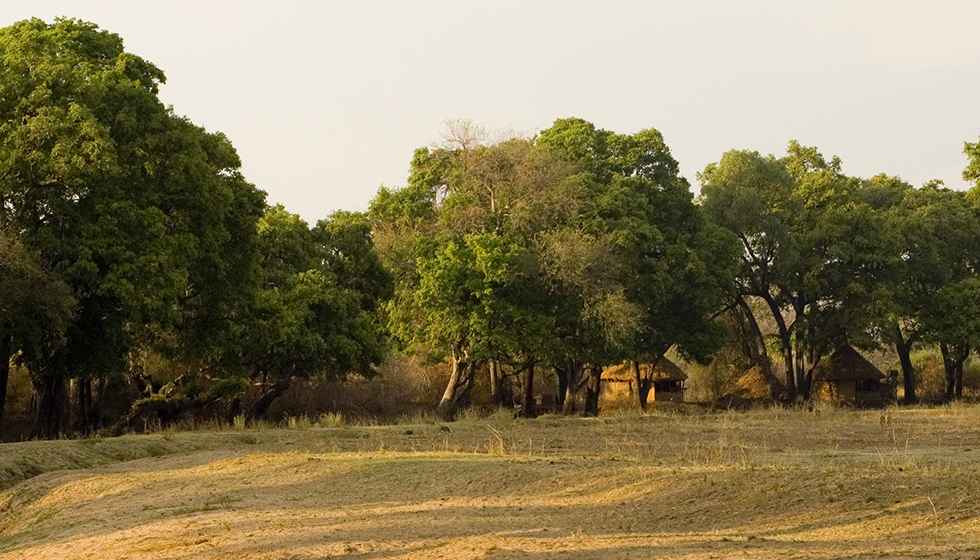
Crocodile and its sister camp, Chikoko, are walking camps from which you can explore this remote and rich area of the South Luangwa National Park on your own two pins.
Learn More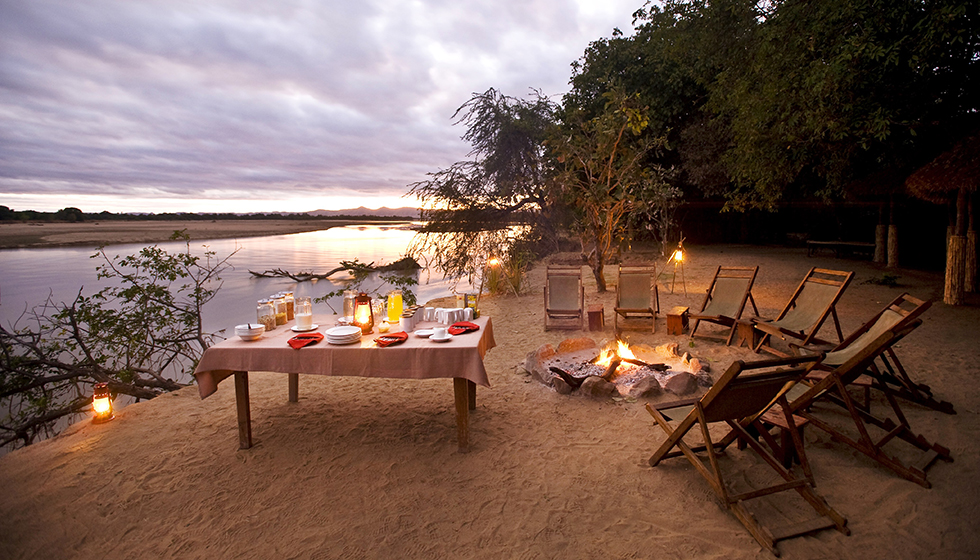
Neatly positioned in a remote southern part of the park, Island Bushcamp is the essence of the Zambian experience.
Learn More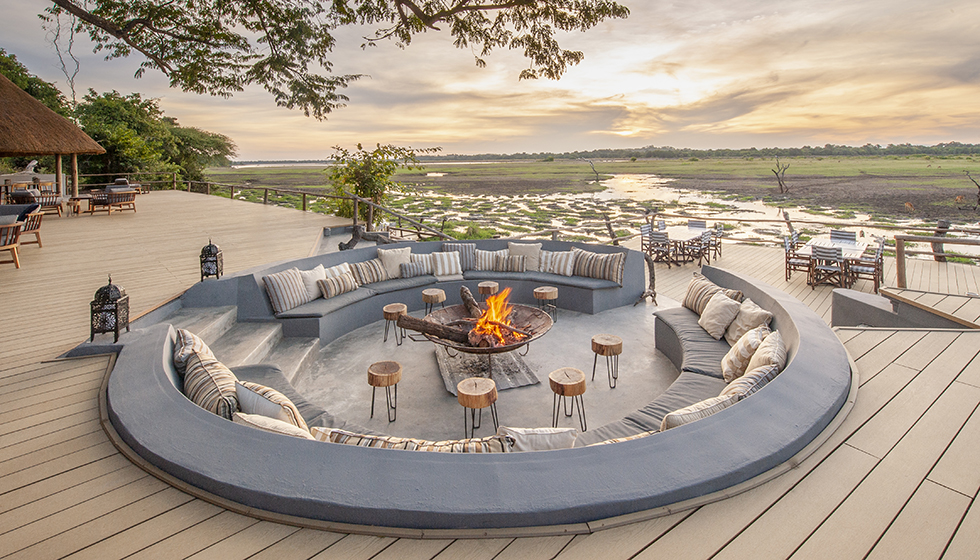
Kafunta is one of the few lodges to remain open all year round and is built for comfort so even if you visit during the green season, the odd rain-storm won’t be too much of a bother.
Learn More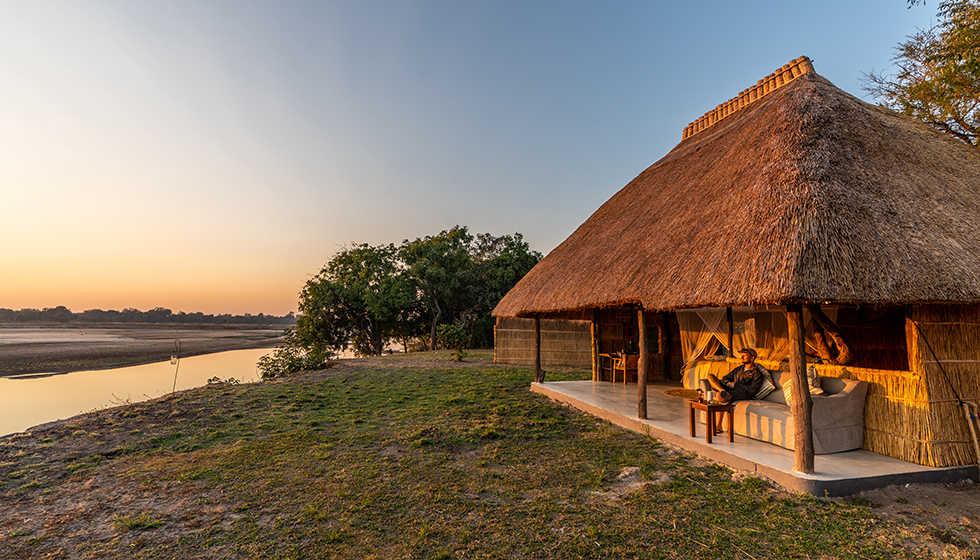
Kakuli is a more traditional tented safari camp with only four tents under thatched roofs, each overlooking the Luangwa River.
Learn More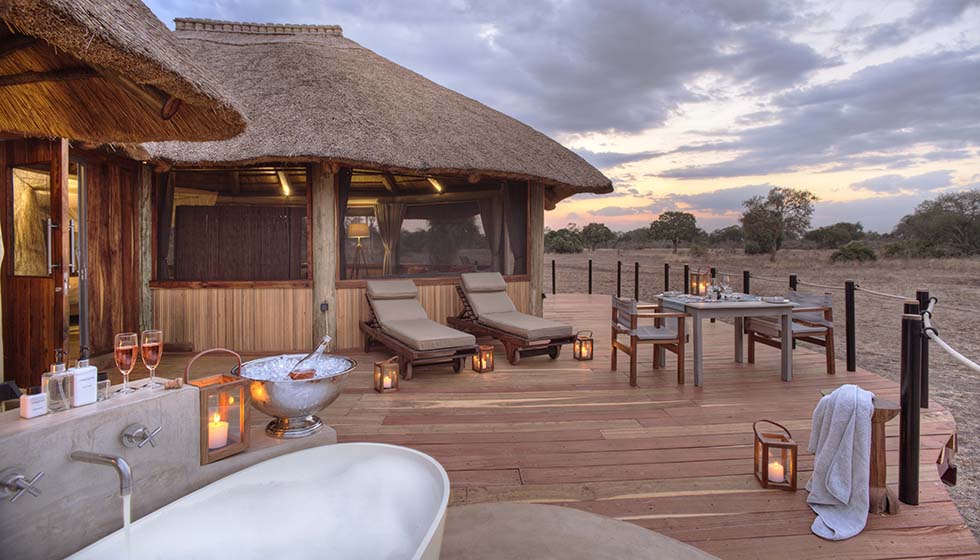
The location is remote and, as with most camps, there are no fences, so there is always a string of animals wondering around including elephants, antelope and the large foraging hippos.
Learn More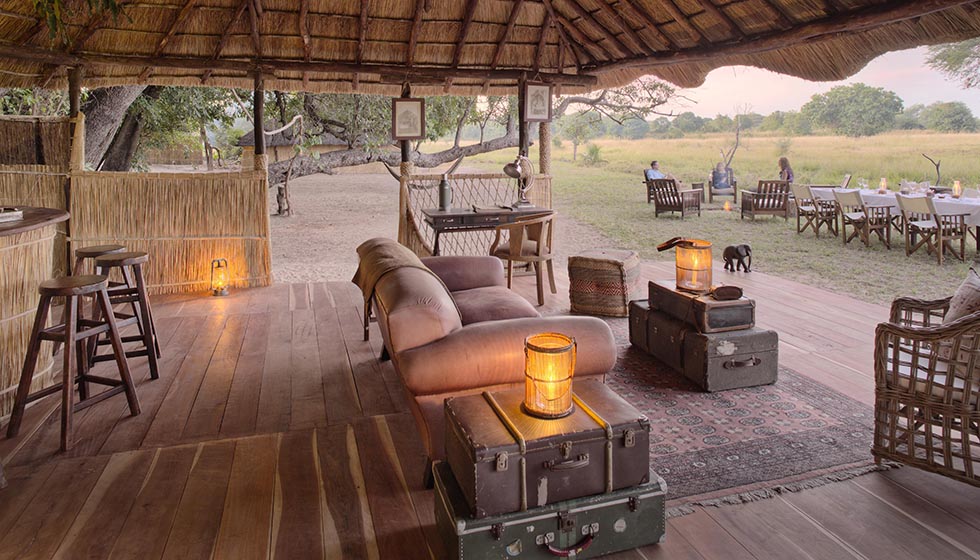
Luwi is one of those camps that attracts adjectives like a magnet – rustic, unpretentious, bucolic. In truth, its simplicity needs no embellishment.
Learn More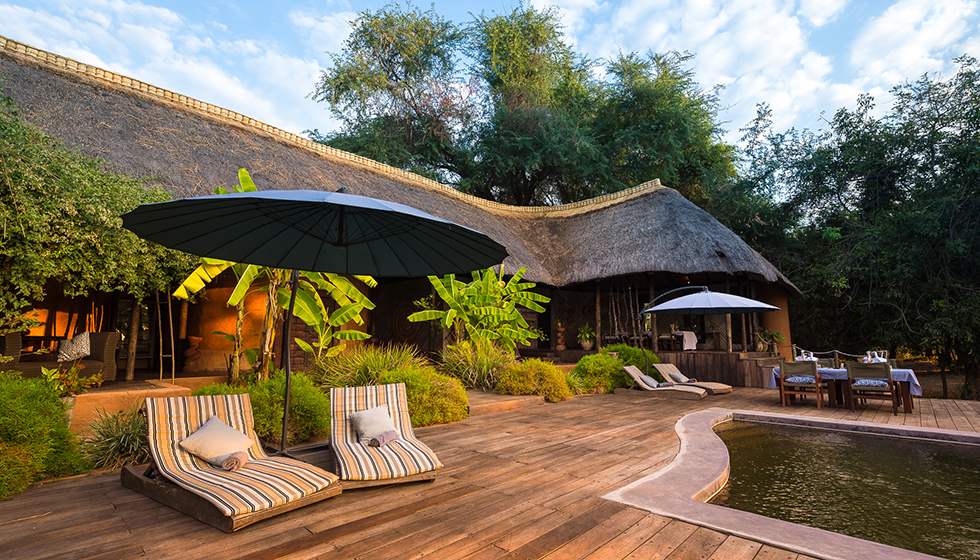
The Luangwa River Camp is a relatively rare beast in Zambia’s bush areas: a boutique spa with a polished, stylish appearance and clearly a great investment in getting the design just right.
Learn MoreSouth Luangwa Safari (FAQS) NEED TO KNOW
How many days do you need in South Luangwa National Park?
South Luangwa National Park is large Park with a huge amount of wildlife and it would certainly be possible to spend a fortnight here alone. We would suggest moving between a few camps – never less than three nights in each to get most out of this Park. Many visitors will choose to combine the Luangwa with the Lower Zambezi and/or the Kafue or one of Zambia’s other hotspots so will spend 5 to 7 days in the Luangwa. We would recommend no less.
What is a day on safari in South Luangwa National Park like?
As with other safari destinations, the days have early starts to let you catch the sunrise, enjoy a light breakfast, and go out on a drive to see the animals as they wake up. Then, once you’ve returned for a larger breakfast, you can relax and explore the area around your camp, or head out on a guided walk from camp to explore the park on foot. In the afternoon or early evening, you’ll head out and chase one of the park’s breathtaking sunsets. If you’re lucky, you may be able to spot lion and elusive leopard hunting at night.
What is the accommodation at South Luangwa National Park like?
Accommodation options at South Luangwa National Park will leave you spoilt for choice. You could opt to stay in a bushcamp, such as Chamilandu as part of your walking safari, or perhaps you’d prefer something more rustic and organic, like Chikoko Tree Camp. There are also more solid and luxurious offerings such as Luangwa Safari House. To get the most out of your trip, we suggest mixing up the types of accommodation you stay in by spending one or two nights camping out under the stars as well as time in a luxury lodge.
From our Travel Guides
Meet Our Travel Experts
It takes genuine local knowledge to craft trips that go beyond the ordinary. The Natural High team have unrivalled experience and will take your ideas and turn them into your trip of a lifetime.
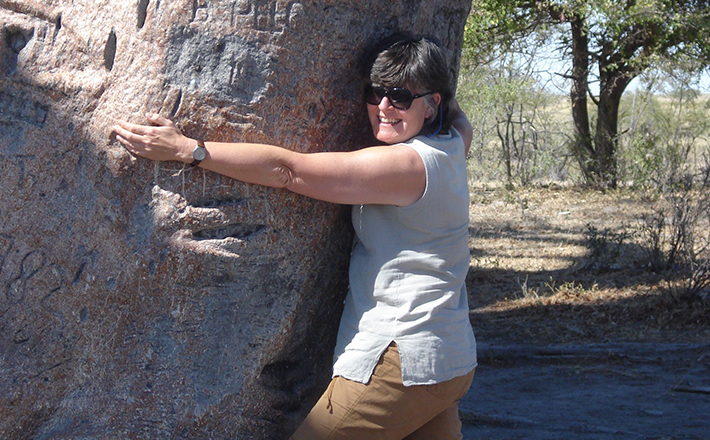
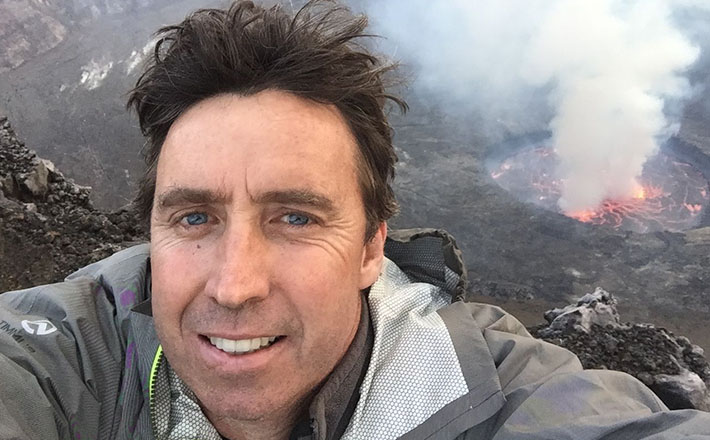
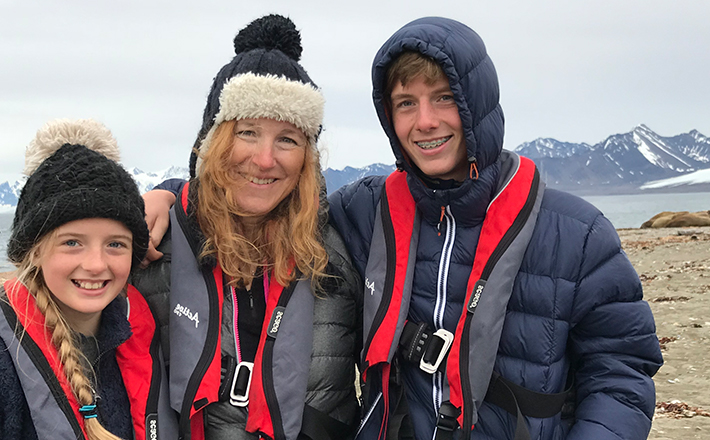
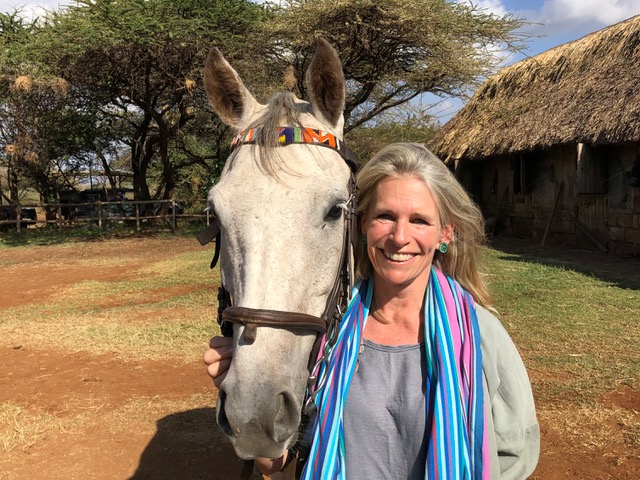
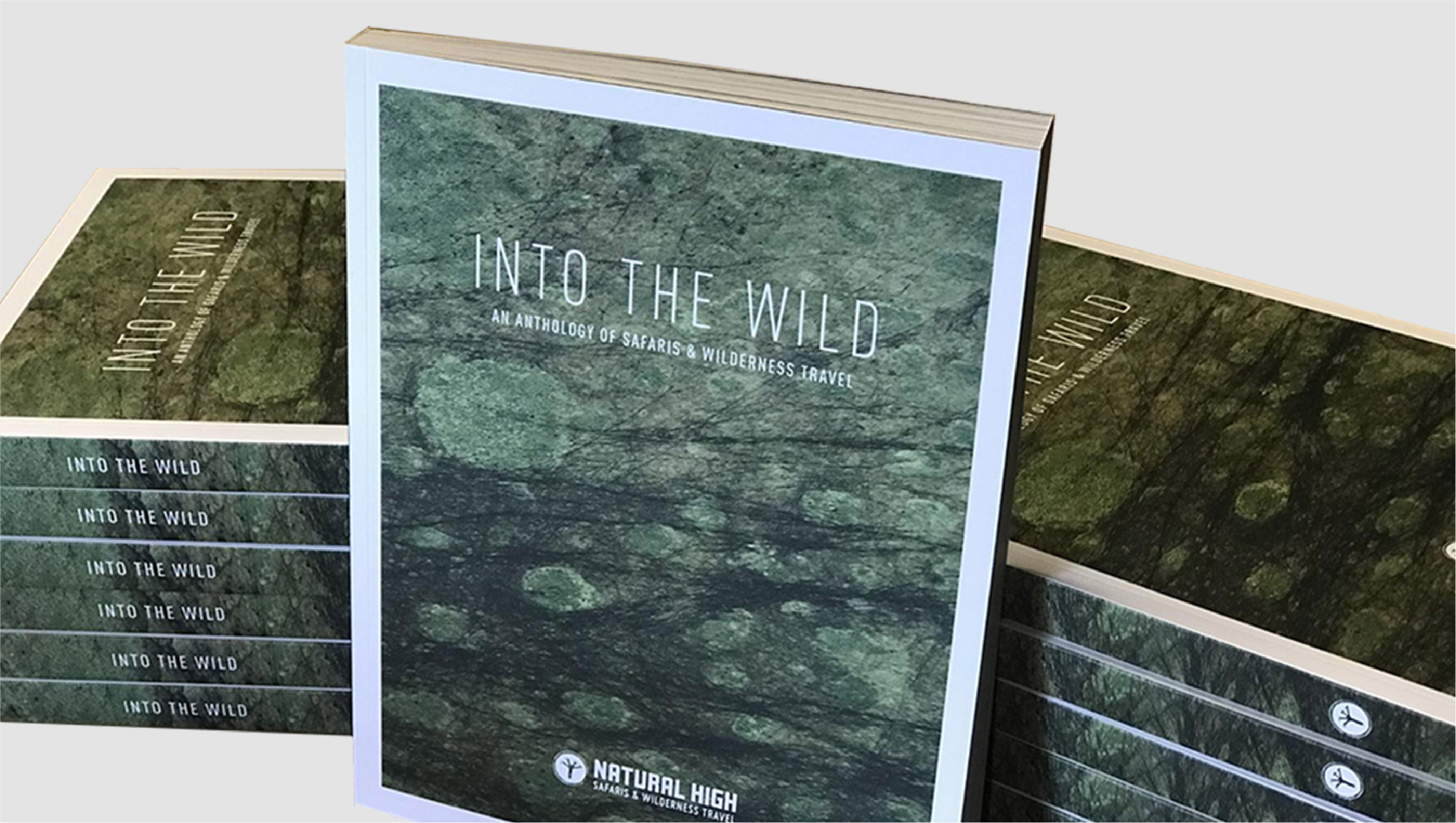
Into The Wild Brochure
Need some more inspiration? Request a copy of Into The Wild, our comprehensive anthology of safaris and wilderness travel.


